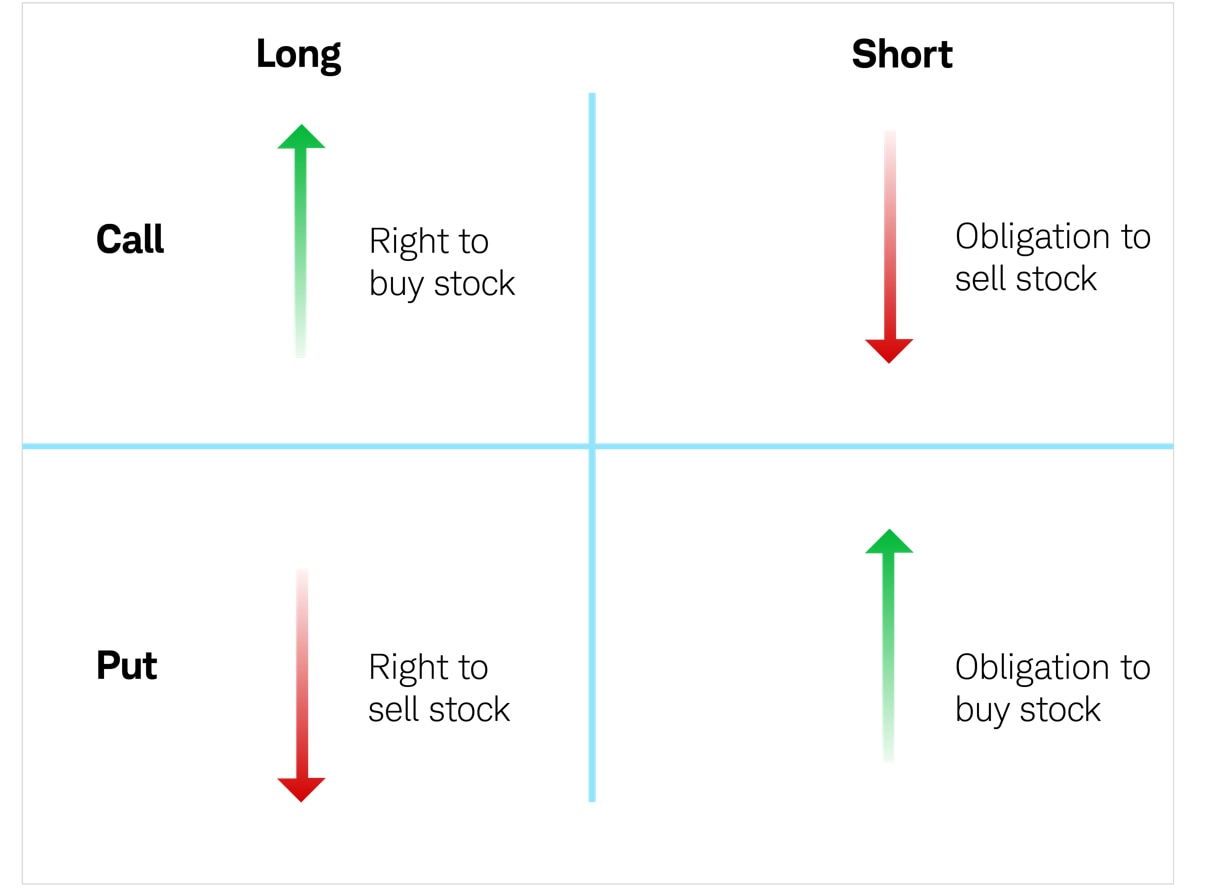An Introduction to the World of Options
Imagine having the ability to predict the future direction of a stock but without the financial burden of actually owning it. That’s the essence of options trading—a powerful and versatile investment strategy that offers the potential for tailored risk management and enhanced returns. However, understanding the intricacies of options can seem daunting for beginners, so let’s embark on a journey to simplify these complexities, unlocking the doors to this financial realm.

Image: internaljapan9.bitbucket.io
Understanding the Options Landscape
At its core, an option is a contract that grants the buyer the right, but not the obligation, to buy or sell an underlying asset (such as a stock, bond, or commodity) at a specified price (known as the strike price) before a set date (the expiration date). Options can be classified into two primary types: calls and puts. A call option grants the holder the right to buy the underlying asset, while a put option provides the right to sell it.
Calls and Puts: A Tale of Expectations
Envision a scenario where you believe a stock is poised to surge in value. You could purchase a call option, effectively granting you the right to buy the stock at the strike price, regardless of its future market value. If your prediction holds true and the stock rises above the strike price, you can exercise your option and purchase the stock at a price lower than its current market value, profiting from the difference.
On the flip side, let’s imagine you anticipate a decline in the stock’s value. You could acquire a put option, giving you the right to sell the stock at the strike price, once again irrespective of its market price. If your prediction materializes and the stock nosedives below the strike price, you can exercise your option and sell the stock at a price higher than its current market value, profiting from the price gap.
Hedging and Speculation: Mastering the Art of Risk Management
Options trading transcends mere speculation; it’s also an invaluable tool for hedging against risk. For instance, if you own a stock and are apprehensive about a potential downturn, you could purchase a protective put option. In the event of a price drop, the put option grants you the right to sell the stock at the strike price, protecting you from significant losses. This hedging strategy enables you to participate in the market’s upside potential while mitigating downside risks.

Image: www.pinterest.com
The Vocabulary of Options Trading
To navigate the options landscape effectively, it’s essential to comprehend key terms:
-
Premium: The price paid to acquire an option contract.
-
Strike Price: The predetermined price at which the underlying asset can be bought (call) or sold (put).
-
Expiration Date: The day on which the option contract expires and becomes void.
-
In the Money: When the underlying asset’s current market price is favorable to the option holder.
-
Out of the Money: When the underlying asset’s current market price is unfavorable to the option holder.
Exploring the Benefits and Cautions of Options Trading
Like any investment strategy, options trading carries its share of advantages and potential pitfalls:
Advantages:
-
Leverage: Amplify your returns with limited capital outlay.
-
Tailored Risk Management: Hedge against potential losses and protect your assets.
-
Versatility: Customize strategies to suit your risk tolerance and investment goals.
Cautions:
-
Complexity: Options can be complex instruments, requiring a thorough understanding before venturing into the market.
-
Time Decay: The value of options contracts erodes over time, especially as expiration nears.
-
Potential Losses: Options trading involves the potential for substantial losses, exceeding the initial investment.
Options Trading Explained For Beginners

Image: www.amazon.in
Empowering Yourself as an Options Trader
To succeed in options trading, consider the following guidelines:
-
Educate Yourself: Immerse yourself in books, articles, and seminars to build a solid understanding of options concepts.
-
Start Small: Begin with modest investments to minimize potential losses while gaining practical experience.
-
Seek Expert Advice: Consult with qualified financial advisors to navigate the complexities of options trading.
Remember, options trading is a skill that requires knowledge, patience, and a disciplined approach. Stay committed to learning, embrace the challenges, and you’ll be well on your way to harnessing the power of this financial tool.






